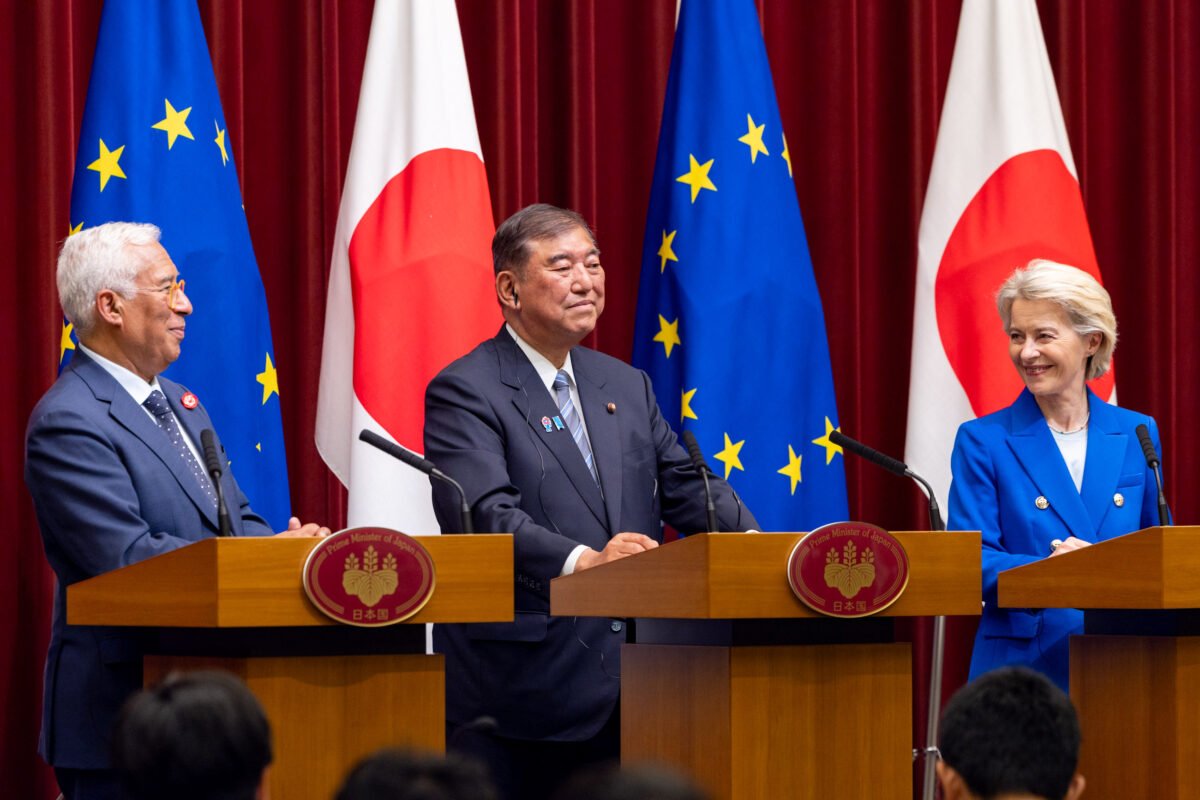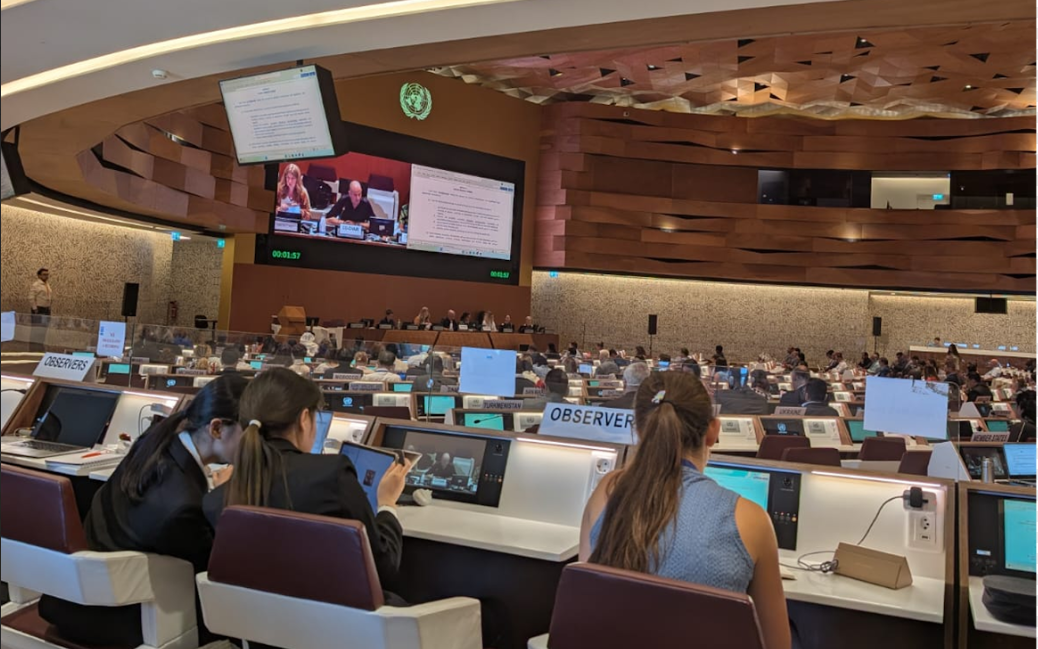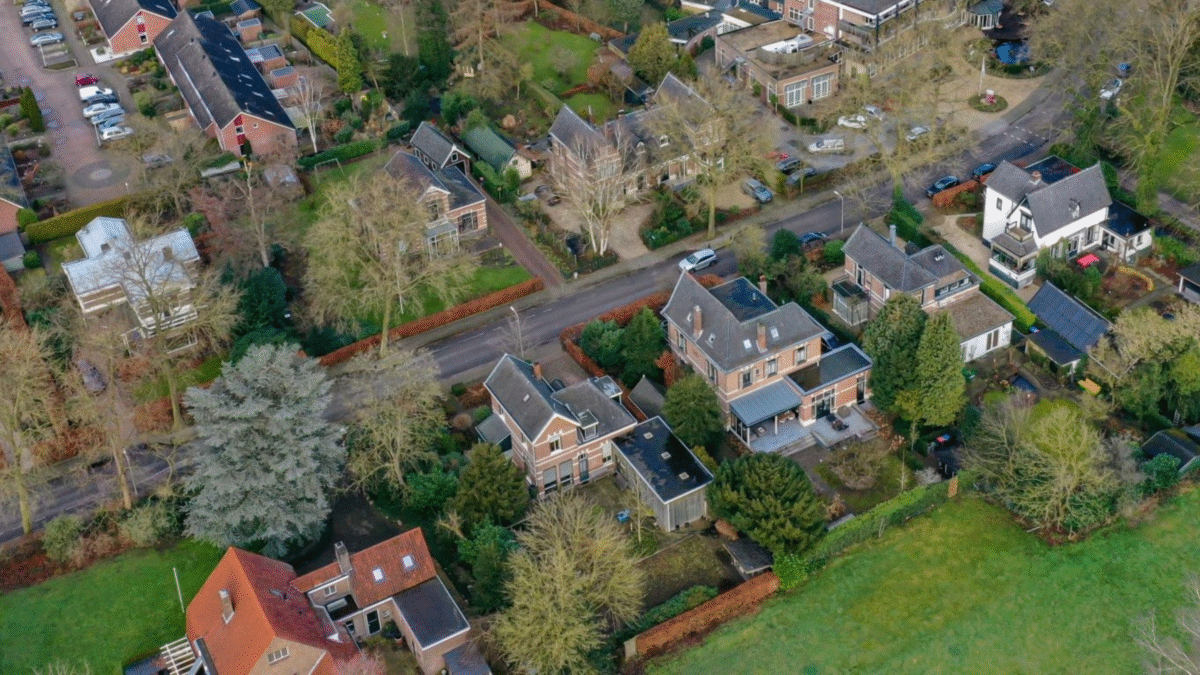Bonaldi Da Costa is Head of EU Affairs at Grundfos, a global leader in advanced water solutions for buildings, industries, utilities and agriculture, and was interviewed by the Brussels Sustainability Club to share his perspective on how to boost water resilience in Europe.
The Water Resilience Strategy released by the Commission last June introduces the Water Efficiency First Principle. How can the EU ensure the implementation of this principle across industrial and municipal projects?
First of all, the introduction of the Water Efficiency First Principle is a welcome step by the Commission. In terms of what can be done concretely to ensure correct implementation of this principle, there are three ways: (1) the scaling of decentralised water reuse and industrial symbiosis, (2) efficiency as a precondition in public procurement, and (3) capacity building and digital twins.
Looking at decentralised reuse, the aim is to develop decentralised, fit-for-purpose standards for water reuse that enables industry to prioritise the use of existing water supply over the creation of new water supply effectively.
Secondly, the EU should introduce efficiency as a precondition in public procurement plans. We can support municipalities to do this, as well as efficiency is a key condition to funding and moving forward, which could be an idea as we move into the EU budget negotiations for the next seven years.
Finally, regarding capacity building and digital twins, we need to fund training and living labs in order to mainstream efficiency on a first basis with regards to design and digital planning.
Industrial facilities account for around 50% of Europe's water consumption. What measures can the EU take to accelerate water efficiency in industry?
Notably the rate of water reuse in industry in Europe remains too low. The challenge is twofold: first there is a lack of common standards with regards to minimum water quality requirements in industry and second, there is an issue when it comes to financing.
Industries are often forced to apply drinking water standards even when the reuse of water can be done at a much lower standard and this drives up costs and technical complexities in addition to scalability challenges with non-harmonised rules across 27 Member States.
From a regulatory standpoint, we have an issue in terms of allowing industries to invest. CAPEX for reuse technologies remain expensive, however with targeted financing to coexist with a fit-for-purpose regulatory framework, we can create needed incentives for industry to implement these solutions.
What role can digital technologies play in addressing water scarcity challenges and improving how water resources are managed by local authorities, farmers and industrial actors?
Technologies are out there today to help us better manage the distribution network remotely, identify where the problem areas are and also allow us to intervene in pockets of a network without shutting the entire network down.
Technologies such as acoustic sensors, IoT monitoring, pressure management, smart pressure management systems, allow us to do this today. How we can actually deploy this on a much wider scale, municipalities of course are struggling to raise money, so we need to reinvent EU funds to allow the role of smart metering and pressure management systems.
We need to give confidence to utilities that digital solutions are a fundamental part of their enhanced water management practices. Closer collaboration between utilities and policymakers could be envisaged to devise conditions on EU financing to help reduce leakages across the network. In other words, access to financing should be made conditional to improve performance.
Today there is an annual investment gap of around 23 billion. More public and private investments are needed to strengthen water resilience. How can the EU better incentivise private investment for water? Do you see potential for reinforced involvement in the proposed Water Resilience Investment Accelerator?
With regards to the financing gap, how can we get more private investments on the grid? There are two sides to this coin. On one hand, companies need a stable regulatory framework to invest. For example, the lack of standards for water reuse plays a hindrance and bottleneck for actually unlocking financing for this water efficiency avenue.
Secondly, investors need to be de-risked. There's no avoiding that and we welcome the participation of the European Investment Bank in terms of supporting the filling of the investment gap by providing guarantees to the water industry to deliver technologies which can make an impact on the ground.
In terms of Grundfos' involvement in the Water Resilience Investment Accelerator, there is potential for us of course to be there. We routinely evaluate opportunities and seek to be an active partner to the European Commission in terms of realising the ambitions laid out.
What role do you see for the future Water Smart Industrial Alliance that will be set up by the European Commission?
The Alliance should do four things off the top of my mind. It should coordinate standards and interoperability which helps develop common technical data standards to accelerate market uptake of smart solutions. It should scale industrial best practices and allow industry to share playbooks for on-site reuse, closed-loop systems, water efficient manufacturing across sectors to inspire.
It should support skills and reskilling, so develop joint training programmes for operators to build capacity for digital and energy efficient water systems and it should also act as a bridge between the financing of things and policy. Finally, it should be a forum to represent industry needs, the Commission and the EIB to ensure policies and financing instruments are actionable and technology neutral.
Considering the holistic approach taken by the Commission under the European Water Resilience Strategy, how can the EU and Grundfos help the general public contribute to water efficiency and water needs?
There is a strong focus certainly in the strategy to expand the focus of industries, or the scope rather, of economic sectors that are covered by, in particular, water efficiency. The water efficiency principle. What we still miss in the strategy is the explicit focus on how we can bring in both residential and commercial buildings into this equation as well.
Rainwater harvesting is an avenue to further the decentralised water management of the community and society. In the UK, in Belgium, and Germany in particular, we see strong examples of regulatory frameworks that allow for rainwater harvesting installations, which have had varying success and impact in terms of complementing centralised water treatment and distribution systems, further bolstering security and resilience of the country's water infrastructure.








